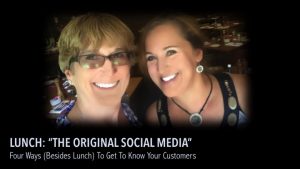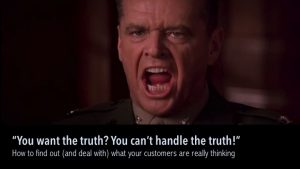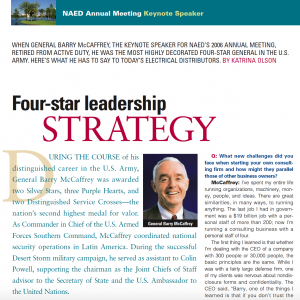By Katrina Olson
This article originally appeared 6/30/2015 as an Exclusive Feature on tedmag.com.
On Monday, June 22, Chevrolet posted a media alert on their social media platforms written entirely in emoji—you know, those emotionally expressive icons used in texting. It was designed to generate buzz for the launch of its compact 2016 Chevrolet Cruze.

The media alert was part of a larger digital/social media campaign featuring Saturday Night Live alum and The Middle star Norm Macdonald in a series of YouTube videos.
The media and Chevrolet’s social media followers are encouraged to decode the message along with Macdonald who has been hired to read the announcement—except he can’t, because it’s written in emoji.
Macdonald enrolls in Emoji Academy where he is trained to read emoji by famous millennials Zendaya (singer/dancer and former star of Disney Channel’s Shake It Up), Jamie Chung (actress and former star of MTV’s The Real World), and Ashley Benson (star of ABC Family’s Pretty Little Liars).
On Tuesday, June 23, Macdonald translates the emoji announcement in the fourth video—but not before the unique announcement received lots of play on social media with mentions on usatoday.com, brandchannel.com and finance.yahoo.com. Big news outlets like CNN also covered the campaign.
So, besides emoji language, what can we learn from Chevrolet’s campaign?
When To Take Risks
Chevrolet is a well-established brand with a long history of successful advertising including the “Heartbeat of America,” “Like a Rock,” “Genuine Chevrolet,” and “Chevy Runs Deep” campaigns. These taglines had broad appeal and played on the strength of Chevy as an American brand…rugged, adventurous and tough.
The all-emoji media alert was certainly a departure for the more-than-century-old automaker. It has received lots of play on digital media—and probably more earned media than a traditional news release would have garnered.
Now add Twitter exposure. More than 500 tweets featured the official hashtag, #ChevyGoesEmoji, which generated 9.2 million impressions as of June 30 at 9 a.m. according to keyhole.co.

Chevy also integrated Internet celebrities like YouTuber Tyler Oakley and his 4.3 million Twitter followers. His tweet garnered 1,800 retweets and 8,000 favorites. Macdonald’s Emoji Academy “trainers” Zendaya and Benson also tweeted about their involvement.
Spoiler alert: If you haven’t seen it yet, the new TV commercial for the Cruze features Oakley and fellow YouTuber, actor and director Julian Smith (“juliansmith87”). You can view it below.
Know Your Audience
You may not know any of these starlets or Internet “celebrities.” And you may not text, use emojis or watch YouTube videos. But those 20-something, compact-car driving, Tumblr-browsing, Buzzfeed-reading millennials certainly do. And they’re the target market for the Chevrolet Cruze emoji campaign.
The Cruze, a huge global seller for Chevy, was built for millennials, with integrated technology including 4G LTE WiFi, Apple Car Play and Android Auto—which makes this campaign so appropriate. It literally speaks to millennials in their own, universal language.
The Cruze has some tough competition like the Toyota Corolla, Honda Civic, Ford Focus and Volkswagon Jetta. And according to industry insiders, it’s tough to get media attention for new model launches within the auto industry, and especially in mass media. With the #ChevyGoesEmoji campaign, they’ve managed to do both.
Is your brand strong enough to take risks? You may not be able to get away with a news release written entirely in emoji; but what can you do to create buzz for your next product launch?
————————————–
Olson is a veteran marketing and public relations consultant. She has written for tED magazine’s print edition since 2005, judged tED magazine’s Best of the Best Competition since 2006, and emceed the Best of the Best Awards ceremony for a total of seven years. Reach her at katrina@katrinaolson.com.







 After having my first child at 36. I had no more energy for agency work. Fortunately, I was introduced to the National Association of Electrical Distributors by a neighbor. That was 2003—and I’ve been writing for them ever since. Early on, I wrote a lot of interview-based feature stories. Some people were famous-ish; others, not so much. But I loved telling their stories.
After having my first child at 36. I had no more energy for agency work. Fortunately, I was introduced to the National Association of Electrical Distributors by a neighbor. That was 2003—and I’ve been writing for them ever since. Early on, I wrote a lot of interview-based feature stories. Some people were famous-ish; others, not so much. But I loved telling their stories.